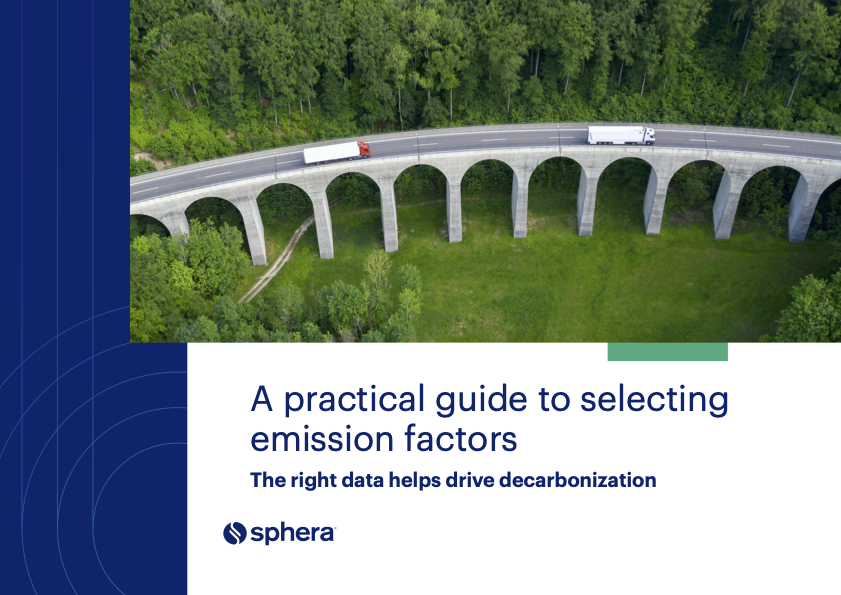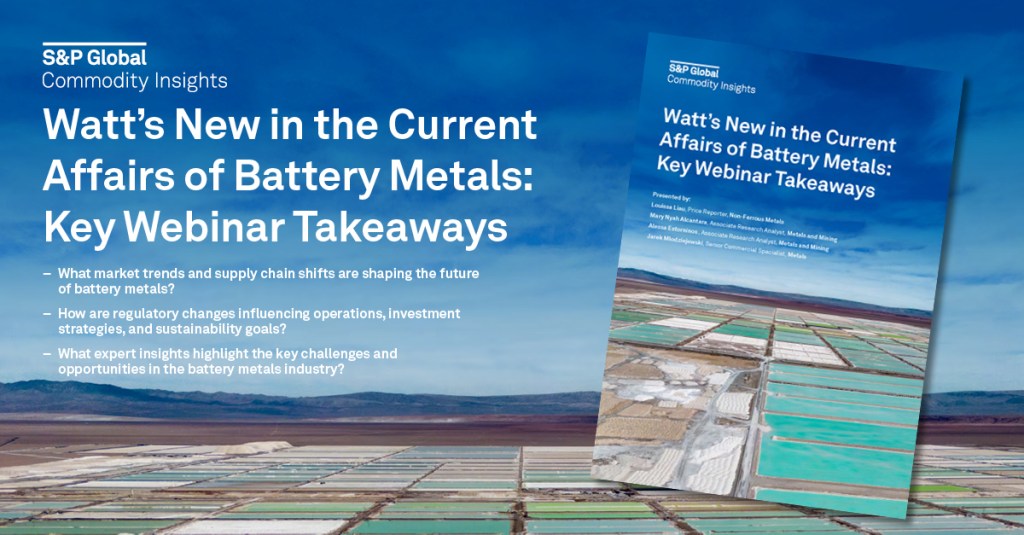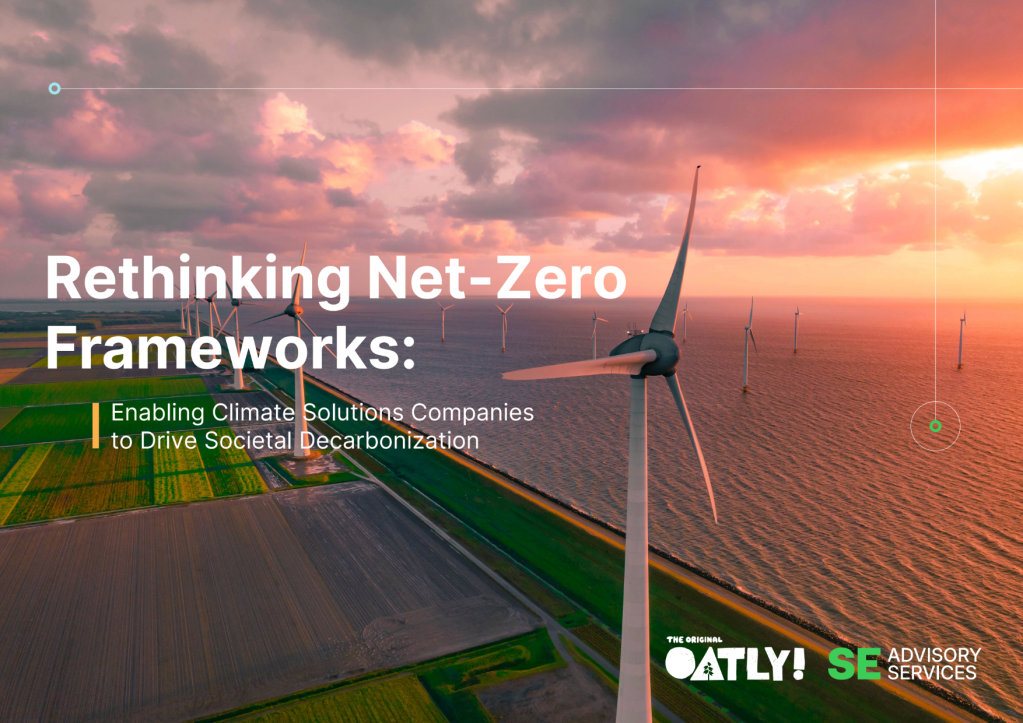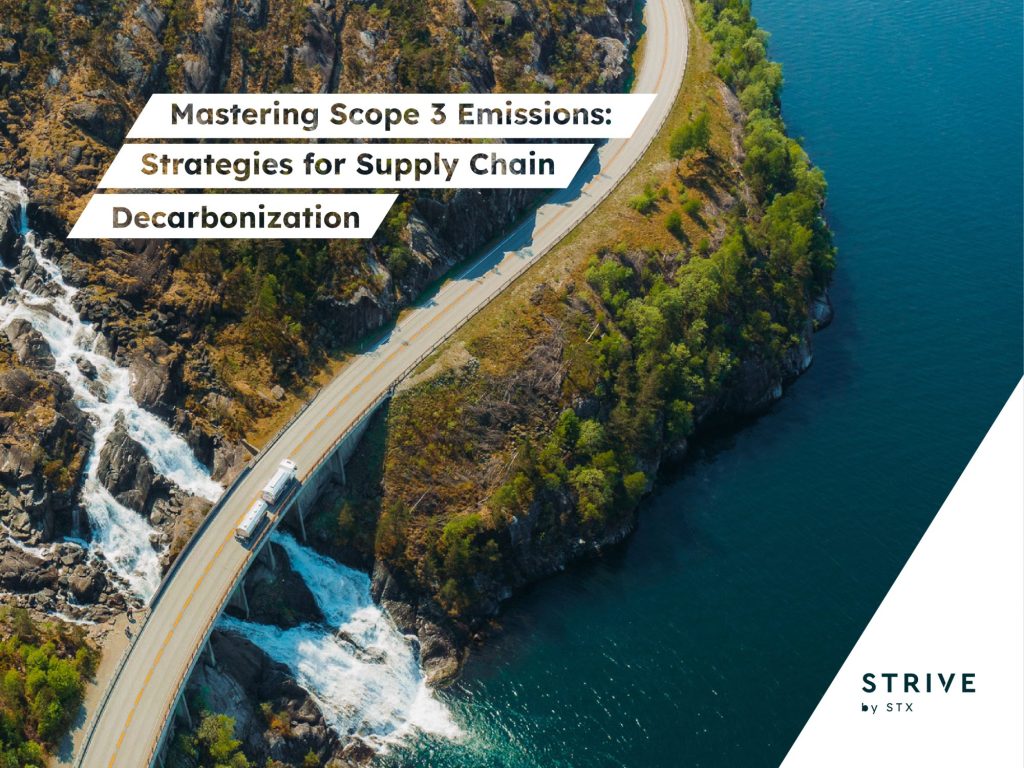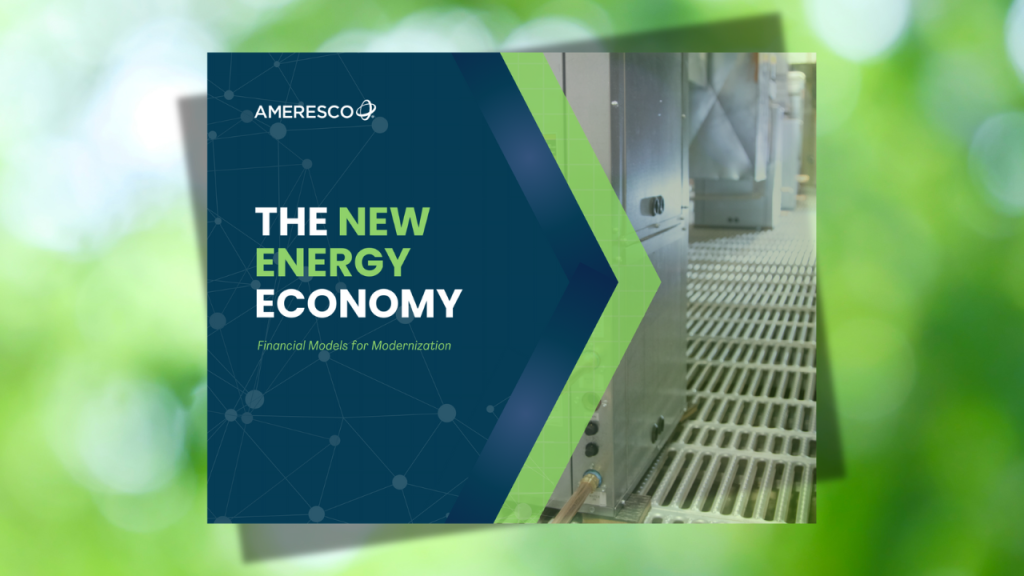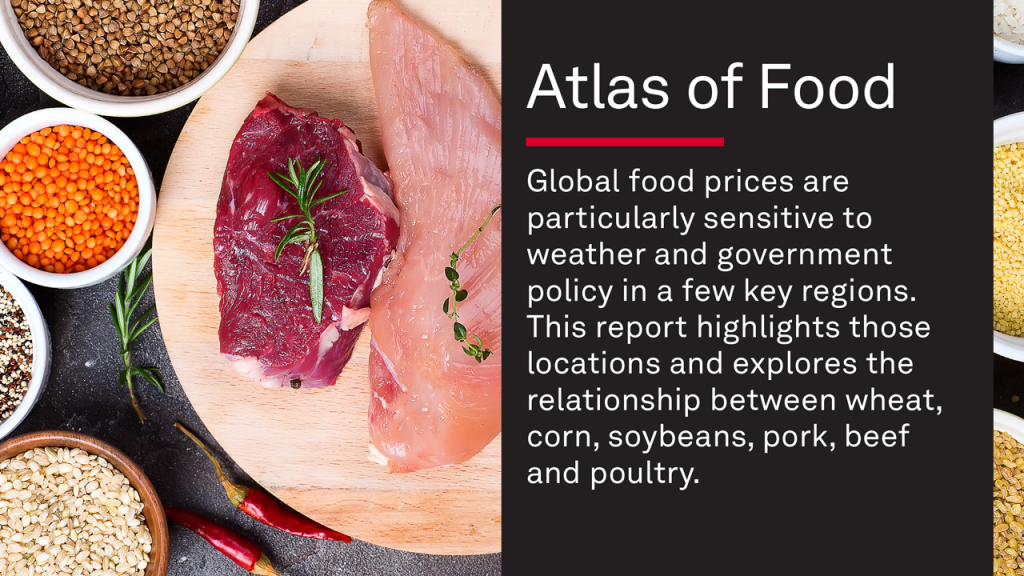Microsoft is not backing off its 2030 climate goal
The tech giant is counting on removal, AI and climate tech to achieve carbon-negative status by the decade's end. Read More

- Microsoft is spending billions of dollars on its long game to cut emissions, banking on its history as a market maker in technology.
- The company’s biggest single emissions category relates to capital expenses, such as materials to construct new data centers.
- Coming soon: a program to help Microsoft suppliers buy sustainable aviation fuel.
Microsoft remains “pragmatically optimistic” that it will meet its commitment from five years ago to become carbon negative by 2030, despite reporting a 23.4 percent cumulative increase in its total greenhouse gas emissions since that time.
That’s according to the company’s May 29 2025 environmental sustainability report, in which two of the tech giant’s senior executives describe that increase as “modest” compared with its 168 percent increase in energy use and 71 percent growth in revenue over the same time period.
“Microsoft remains steadfast in our dedication to achieving the company’s 2030 environmental sustainability commitments,” said President Brad Smith and Chief Sustainability Officer Melanie Nakagawa in a joint foreword.
Microsoft has promised to cut its emissions in half by 2030, compared with 2020, and to remove more carbon dioxide than it emits during that time frame. It has also promised to be water positive, achieve zero waste and protect ecosystems.
The company doesn’t have a corporate net-zero commitment, as defined by the Science Based Targets initiative, the de facto standards setter. It was one of nearly 250 well-known companies to have its “target removed” in spring 2024, after failing to submit a plan that would meet SBTi’s standard. “We remain engaged with SBTi and hope this entity involves practitioner feedback more comprehensively going forward while maintaining a robust governance process and remaining in close coordination with the Greenhouse Gas Protocol updates,” the company said in a statement responding to questions from Trellis.
Pragmatic optimism explained
Microsoft does have near-term SBTi goals: to cut the emissions intensity for its Scope 3 footprint from things such as productions and use of its products by 30 percent as a percentage of revenue compared with a 2017 baseline year; to avoid an absolute growth in Scope 3, which accounted for 97.3 percent of its footprint in FY2024; and to source 100 percent renewable electricity.
So far, it has met just the last one, by procuring more than 34 gigawatts in carbon-free energy since 2020 — 19 in 2024 alone.
The company’s confidence comes from its long experience in creating entirely new markets, Nakagawa said during an interview. Microsoft, which recently celebrated its 50th anniversary, is spending billions to make sustainability a core value. Among other things, it’s buying low-carbon steel, concrete and construction materials. It has allocated more than $793 million for new climate technologies and is now the largest single buyer of carbon removal credits, worth more than 30 million metric tons.
Those investments have helped cut Microsoft’s footprint from purchased energy and its own operations by 30 percent since 2020.
“We remain pragmatically optimistic, and over the next few years, we want to continue to scale these markets, not only to reach our goals and for our benefit, but frankly, for the world,” she said.
Signs of progress
Microsoft actually reported a modest 1.8 percent year-over-year decrease in its carbon footprint for its 2024 fiscal year, which ended June 30. The company disclosed total emissions of 14,857,000 metric tons of carbon dioxide equivalent compared with 15,130,000 for FY2023.
That achievement is barely discussed as part of the report narrative, and that’s intentional. As more countries and regions adopt policies for mandatory corporate disclosure, Nakagawa explained, corporations will be required to report more thoroughly on progress since their baseline year. Companies must show that they are making the sorts of investments that steer emissions reductions in the right direction, she said.
There are also bright spots in Microsoft’s Scope 3 data, i.e., cumulative decreases in emissions related to these categories:
- Waste generated in operations
- Business travel
- Employee computing
- Downstream transportation and distribution
- Use of sold products
- End of life treatment of sold products
- Downstream leased assets
Most of these categories account for less than 2 percent of Microsoft’s Scope 3 breakdown, except for use of sold products, which adds up to almost 12 percent of the total.
Microsoft’s two biggest Scope 3 categories are purchased goods and services (about 34 percent of the 2024 total) and capital goods (almost 41 percent).
What’s in store
To chip away at its two biggest Scope 3 categories, Microsoft is turning to its suppliers.
For example, the company is adopting a hybrid approach to data center construction that substitutes mass timber materials for concrete. This cuts the embodied carbon footprint of new facilities by 65 percent compared with traditional processes. Microsoft is also adopting chip-level cooling technologies. That one design change will help the company slow down the pace of new construction (because less space is needed for cooling equipment); decrease the amount of energy required for operations; and avoid significant evaporation of freshwater.
Microsoft’s expectations of suppliers are being built into contracts. One of its power purchase agreements with renewables developer Engie, for example, requires that solar panels be reused or recycled.
Microsoft’s new code of conduct includes a requirement for its biggest supply chain partners to transition to 100 percent carbon-free energy by 2030. So far, 89 facilities that manufacture Microsoft’s hardware — such as tablet computers, gaming consoles or accessories — have bought into renewables. That helped cut 232,000 metric tons of carbon dioxide equivalent.
Next up: a program, coming in July, that will help Microsoft suppliers procure certificates that give them credit by supporting sustainable aviation fuel.
[Join more than 5,000 professionals at Trellis Impact 25 — the center of gravity for doers and leaders focused on action and results, Oct. 28-30, San Jose.]

Subscribe to Trellis Briefing
Featured Reports




